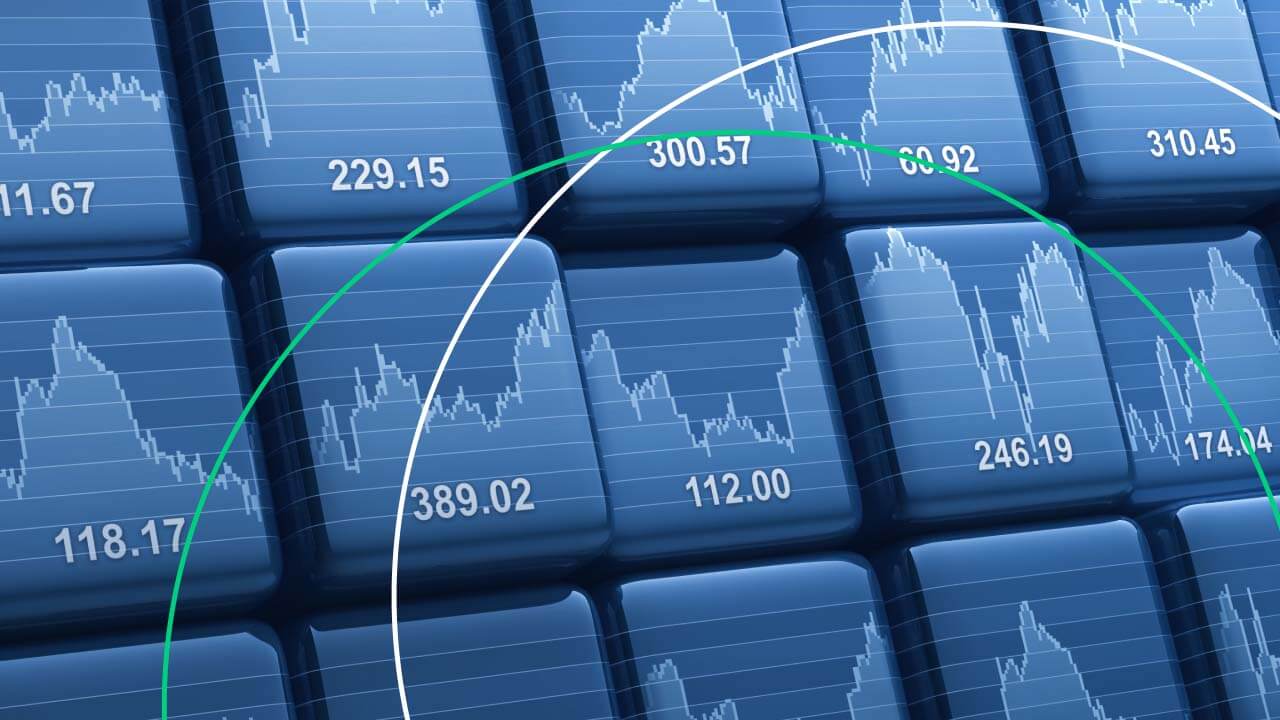CFDs (Contracts for Difference) enable traders to speculate on the price movements of indices without having to buy the underlying assets. This provides a quicker and more flexible way to gain exposure to market performance. One of the major benefits of trading index CFDs is the ability to trade instantly during market hours, without waiting for the end-of-day calculations as with traditional asset purchases. Additionally, CFDs are traded with leverage, which can amplify both potential gains and losses.
Index Mutual Funds vs. Index CFDs
In traditional investing, you might buy shares in an index mutual fund, which is managed by a brokerage that holds assets across various exchanges like the NYSE, NASDAQ, LSE, and others. At the close of each trading day, the fund’s total assets are recalculated, and the value of each share is updated. However, the trade is only executed at the next market close, meaning that the value of the asset at the time of purchase may differ from the price at the time of execution. This delay makes trading mutual funds more complex, as the true value of the shares is not determined until the end of the day.
In contrast, when you trade CFDs, you’re not buying the underlying asset itself. Instead, you’re entering into a contract that reflects the price movements of the index or instrument. These contracts are often traded with leverage, meaning that a trader can control a larger position with a smaller initial investment. For example, if a share is priced at 100 Euros and has a leverage of 1:10, you only need to pay 10 Euros to open the position.
If you place a buy order and the value rises, your profit will be based on the full value of the trade, regardless of the margin used. Conversely, if the price falls after your buy order, you’ll incur the full loss, regardless of your initial margin.
Index ETFs vs. ETF CFDs
Exchange-Traded Funds (ETFs) are another popular investment tool that tracks the performance of an index. Examples include the SPDR S&P 500, iShares Russell 2000, TQQQ (which tracks the NASDAQ 100), and the SPDR Dow Jones Industrial Average. ETFs are typically passively managed, meaning a fund manager only has limited discretion (often around 5%) to make independent investment decisions; the rest of the fund mirrors the broader index.
Unlike mutual funds, which can only be traded at the close of the market, ETFs can be bought and sold throughout the trading day, just like stocks. However, ETFs often come with additional transaction fees and an expense ratio, which may make them less appealing to short-term traders.
ETF CFDs allow traders to speculate on the price movements of ETFs using leverage, without the need to buy the underlying asset. This provides an efficient way to trade the price action of ETFs with minimal upfront capital.
Finding Sector Indices on PFD Markets
PFD Markets offers CFDs on a wide range of indices, including both general market indices and specific sector indices.
To explore these indices, simply log into your account, and navigate to the instrument list by category on the left-hand side. Select “Sector Indices” to view a full list of tradable instruments. Some examples include:
- Cannabis Stock Index
- Crypto 10 Index*
- NYSE FANG+ Index
- Global X Lithium & Battery Tech Index
- Real Estate Giants Index
On the right side of each index row, you’ll find an information icon where you can view detailed information about the index, including buy & sell rates, trader sentiment, and other insights to help guide your trading decisions.
Stay updated on new index CFDs by following PFD Markets on social media platforms such as Instagram, Facebook, Telegram, Twitter, and YouTube.
Additionally, PFD Markets provides helpful resources, such as the free “Trader’s Guide” available on their YouTube and website, to assist you in understanding the ins and outs of trading on their platform.
Final Thoughts
Index CFDs provide traders with a versatile alternative to trading individual stocks. Since indices represent the combined performance of multiple companies, their fluctuations tend to be less volatile than individual stocks, and they are often influenced by broader market events or changes in consumer sentiment.
Although the performance of individual companies within an index can affect its overall value, the impact may be mitigated or offset by the performance of other companies in the index. This makes trading indices an attractive option for those looking to diversify their risk and navigate market trends with more flexibility.










